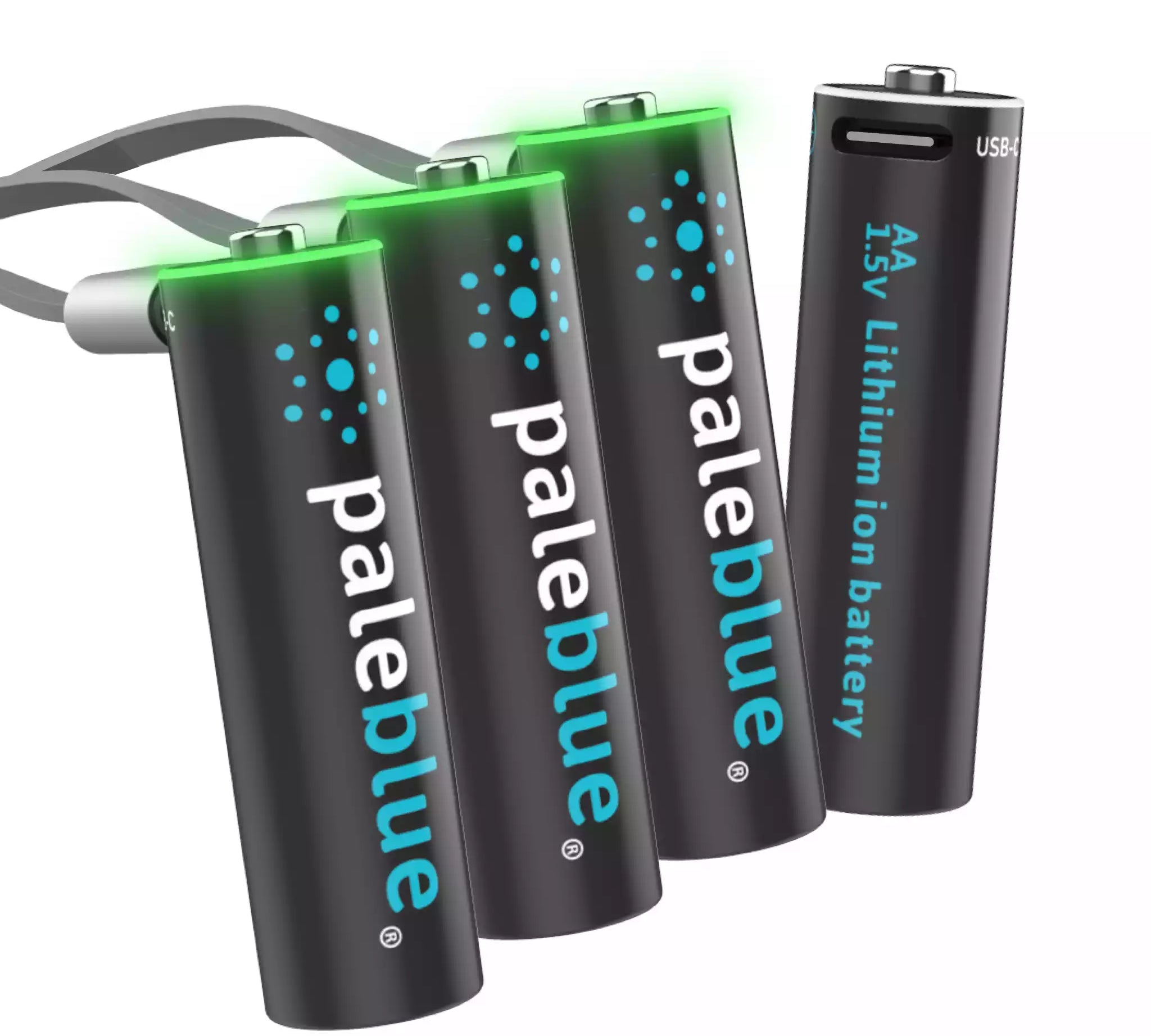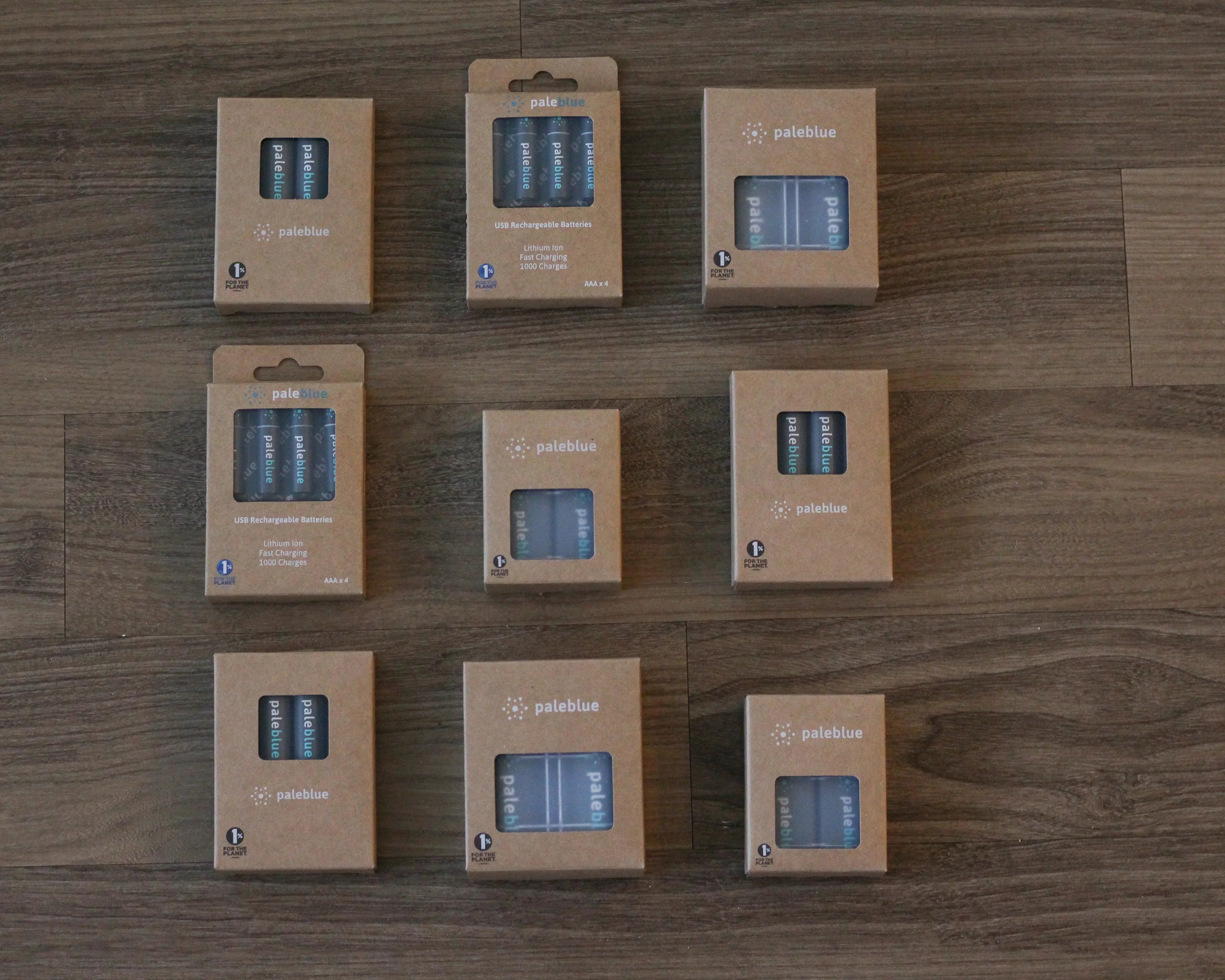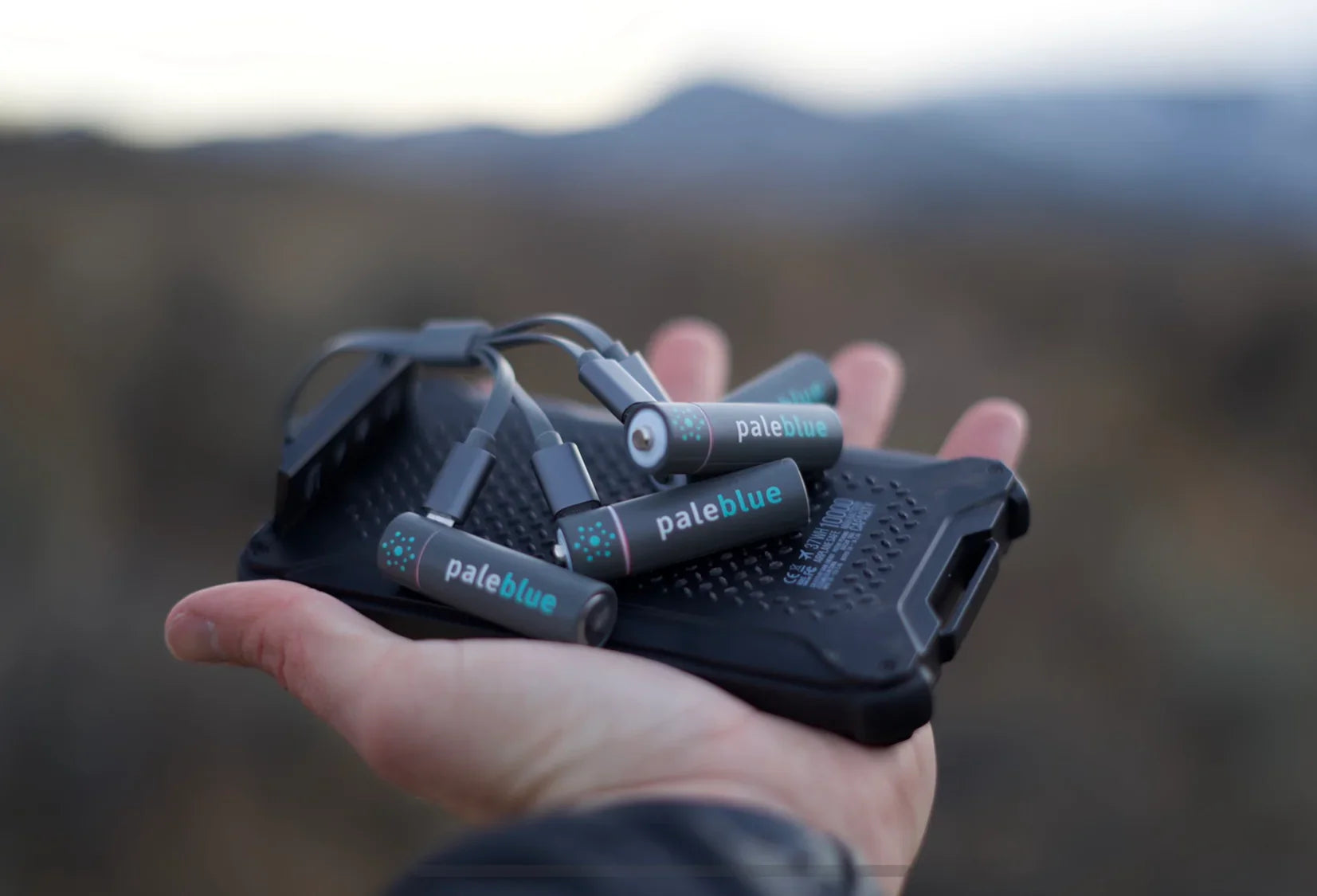You Can Recharge Alkaline Batteries But Should You?

Last Modified November 2025
If you grew up in the 1960s or 70s, you may remember being able to buy a charger for disposable alkaline batteries. No, your memory is not failing you. People really did recharge their disposable batteries way back when. You can still do it today. But should you?
We advise against it. And no, it's not just because we sell rechargeable batteries. We advise against it for two reasons:
-
Alkaline batteries are not designed to be recharged
-
Recharging them can be dangerous.
If you are old enough to remember the alkaline battery chargers of 50 years ago, you might remember how hot the batteries got during recharging. You might even remember instances of battery leakage. Both consequences explain why it is just not smart to recharge alkalines.
Alkalines Are Meant to be Disposable
Alkaline batteries are marketed as single-use or disposable batteries. On the other hand, lithium-ion cells are designed to be and are marketed as rechargeable batteries. The primary differences in this regard are chemistry and design. Simply put, alkaline batteries are designed to be single-use cells. Manufacturers intend for you to buy them, completely discharge them, and throw them away.
While one could attempt to recharge alkaline batteries, a full recharge isn't possible and there are inherent risks. Alkaline batteries are just not built that way.
The nail in the coffin is the fact that a disposable alkaline battery can only be recharged 7 to 10 times, if that much. The amount of time and expense that goes into recharging alkalines just isn't justified by so few charge cycles. You are better off buying smart lithium batteries that can be charged a thousand times or more.
Charging Cycles On and Off
The biggest risk with recharging alkaline batteries is leakage. As you probably know, alkaline batteries leak even under normal circumstances. Internal off gassing, made worse by heat, creates pressure that can breach battery seals. Therefore, the risk of leakage is an even bigger risk when recharging.
In order to recharge alkaline batteries safely, you have to constantly cycle a charger on and off. You run the charger for about 30 minutes, then turn it off long enough for the batteries to completely cool. With every on cycle, the batteries' voltage spikes considerably without a commensurate increase in recharging. Thus, it can take 10 to 12 hours of constantly cycling a charger on and off to get the job done.
For starters, that's too much time and work. But that isn't the only problem.
Recharging alkaline batteries is unsafe. Too much heat can build up if cycling isn't maintained. This could lead to an alkaline battery exploding – a bad scenario under any circumstances.
Charging Lithium-Ion Batteries
If you are into battery recharging, you're far better off with lithium-ion batteries. As previously explained, these are designed to be recharged. They are built with that in mind. They are safer to recharge; they are easier to recharge; they are less likely to leak or explode.
Best of all is the fact that USB rechargeable batteries based on lithium-ion technology can be fully recharged within one to three hours. That's lightning fast compared to NiCad, NiMH, and alkaline batteries. You also don't have to sit there and cycle your charger on and off. Everything is automatic.
Here at Paleblue, we have come up with a smart USB design that combines charger with battery in a single unit. You can plug our batteries into any standard USB charging port for safe and fast charging. It is a far better deal than attempting to recharge disposable alkaline batteries.
- Tags: Economical Sustainability









